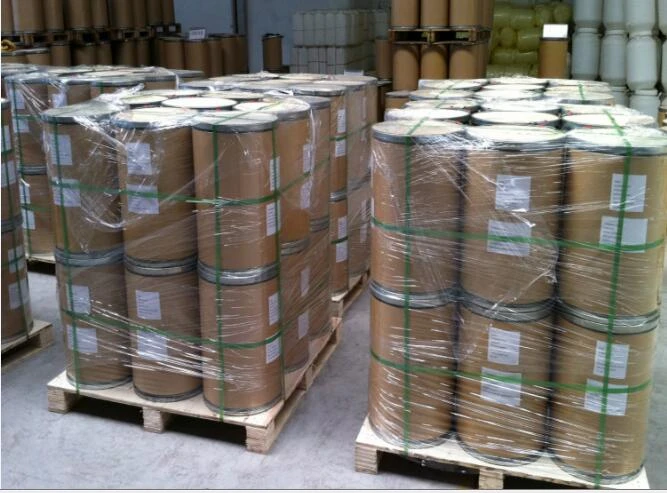Ammonium Thiocyanate Toxicity Understanding the Risks
Ammonium thiocyanate (NH4SCN) is a chemical compound that is primarily used in industry and laboratories as a reagent, particularly in analytical chemistry, and in the production of other chemicals. Despite its useful applications, ammonium thiocyanate poses several health risks, and understanding its toxicity is crucial for safe handling and use.
Chemical Properties and Uses
Ammonium thiocyanate is a white crystalline solid that is highly soluble in water. It releases ammonia and hydrogen thiocyanate when decomposed, making it a compound of concern in terms of toxicity. Its primary applications include use in fertilizers, as a salt in gravimetric analysis, and in the manufacturing of various thiocyanate derivatives. The compound is utilized to study biochemical pathways, as it can act as a source of thiocyanate ions which perform crucial roles in biological reactions.
Routes of Exposure
The toxic effects of ammonium thiocyanate can manifest through several routes of exposure, including inhalation, ingestion, and dermal contact. In occupational settings, workers may be exposed through inhaling dust or vapors, while accidental spills can lead to direct skin contact or unintentional ingestion. Environmental exposure can occur through waste disposal methods that allow runoff into water supplies or soil contamination.
Toxicity Mechanisms
The toxicity of ammonium thiocyanate primarily stems from the thiocyanate ion it releases. When ingested or absorbed into the body, thiocyanate can inhibit the activity of the enzyme rhodanese, which plays a critical role in detoxifying cyanide in the body. This inhibition can lead to an increase in cyanide levels, consequently resulting in symptoms of cyanide toxicity such as headache, dizziness, confusion, and, in severe cases, respiratory failure or even death.
ammonium thiocyanate toxicity

Moreover, thiocyanate may interfere with thyroid hormone synthesis by inhibiting the uptake of iodine, leading to hypothyroidism if exposure is prolonged. Symptoms of thyroid dysfunction can include fatigue, weight gain, and depression, with additional long-term effects potentially arising from chronic exposure.
Health Symptoms and Effects
The symptoms associated with exposure to ammonium thiocyanate can vary based on the dose and route of exposure. Acute exposure may lead to respiratory distress, nausea, vomiting, abdominal pain, and diarrhea. Hypotensive episodes might occur due to the compound's potential vasodilatory effects. Long-term exposure poses additional risks, particularly to the thyroid gland, as previously mentioned, and can result in more chronic conditions such as goiter.
Safety Measures and Regulations
To mitigate the risks associated with ammonium thiocyanate, it is crucial to adhere to proper safety guidelines and regulations. Employers must ensure that appropriate personal protective equipment (PPE) is available for workers, including gloves, goggles, and respiratory protection when necessary. Handling procedures should be defined to minimize airborne particles and prevent skin contact.
In laboratory settings, standard operating procedures (SOPs) involving the use of fume hoods, proper waste disposal protocols, and routine monitoring for exposure levels can significantly reduce the risk. Furthermore, training employees about the potential risks and symptoms of ammonium thiocyanate exposure can foster a culture of safety and awareness.
Conclusion
Ammonium thiocyanate is a compound that, while useful in various industrial and laboratory applications, carries significant health risks due to its toxicity. Understanding the mechanisms of toxicity, routes of exposure, and potential health effects is essential for anyone who may come into contact with this chemical. Through the implementation of safe handling practices and adherence to regulatory guidelines, the risks can be effectively managed, ensuring the safety of individuals working with or around ammonium thiocyanate. It is imperative to remain vigilant and informed about this compound's risks to safeguard health and well-being in both professional and community settings.

